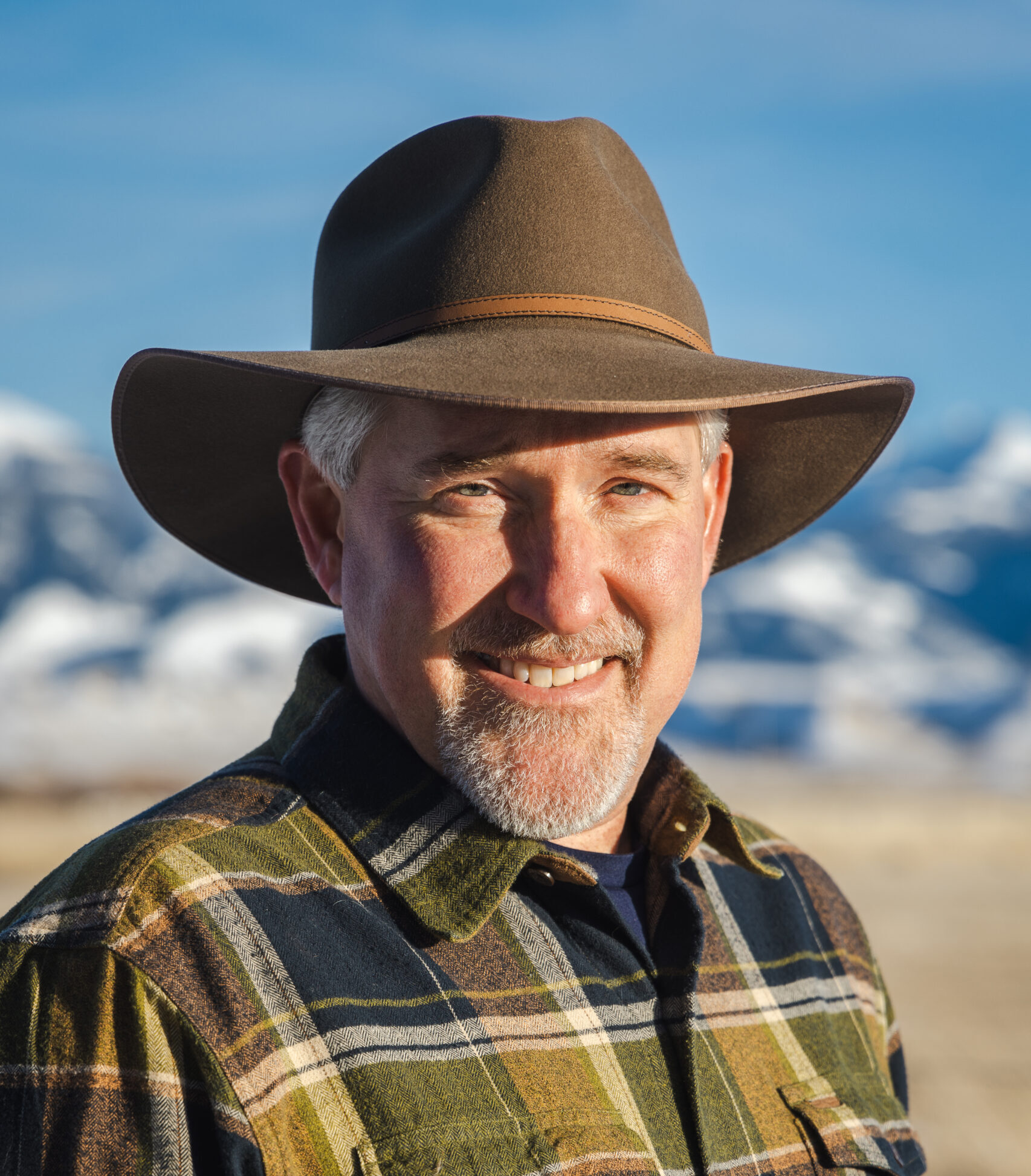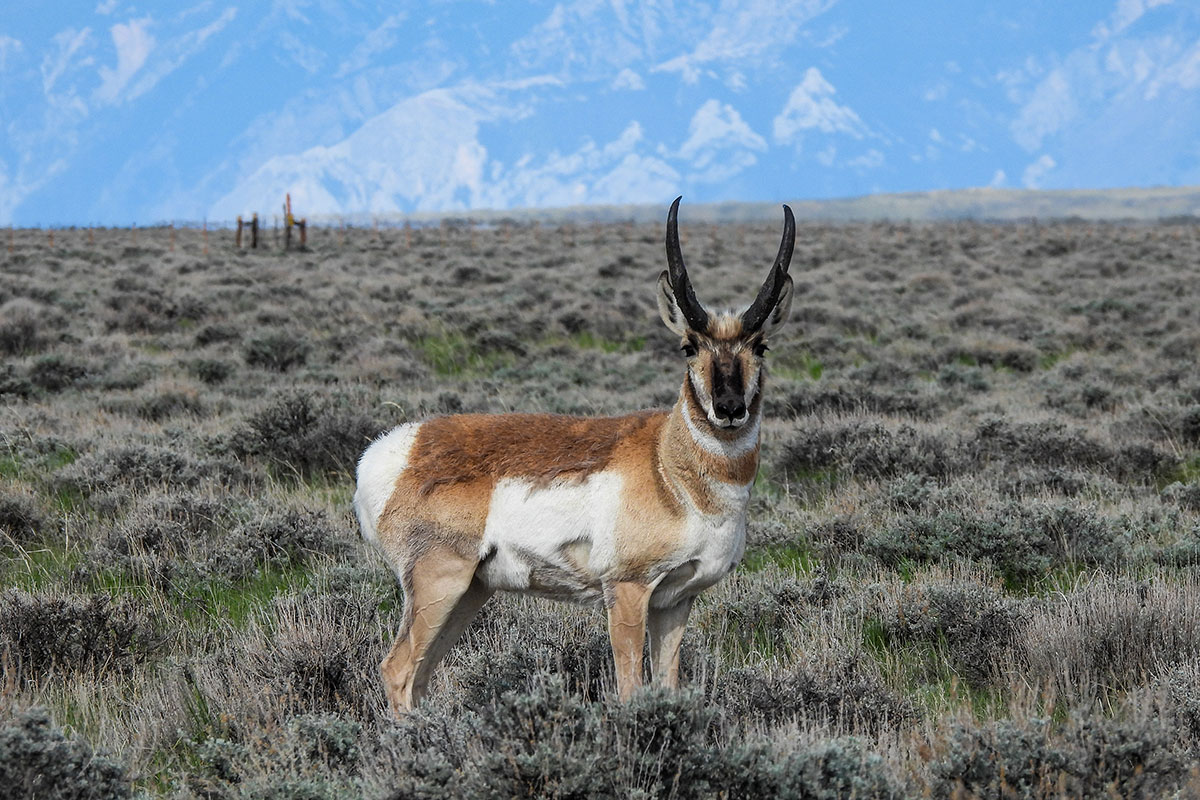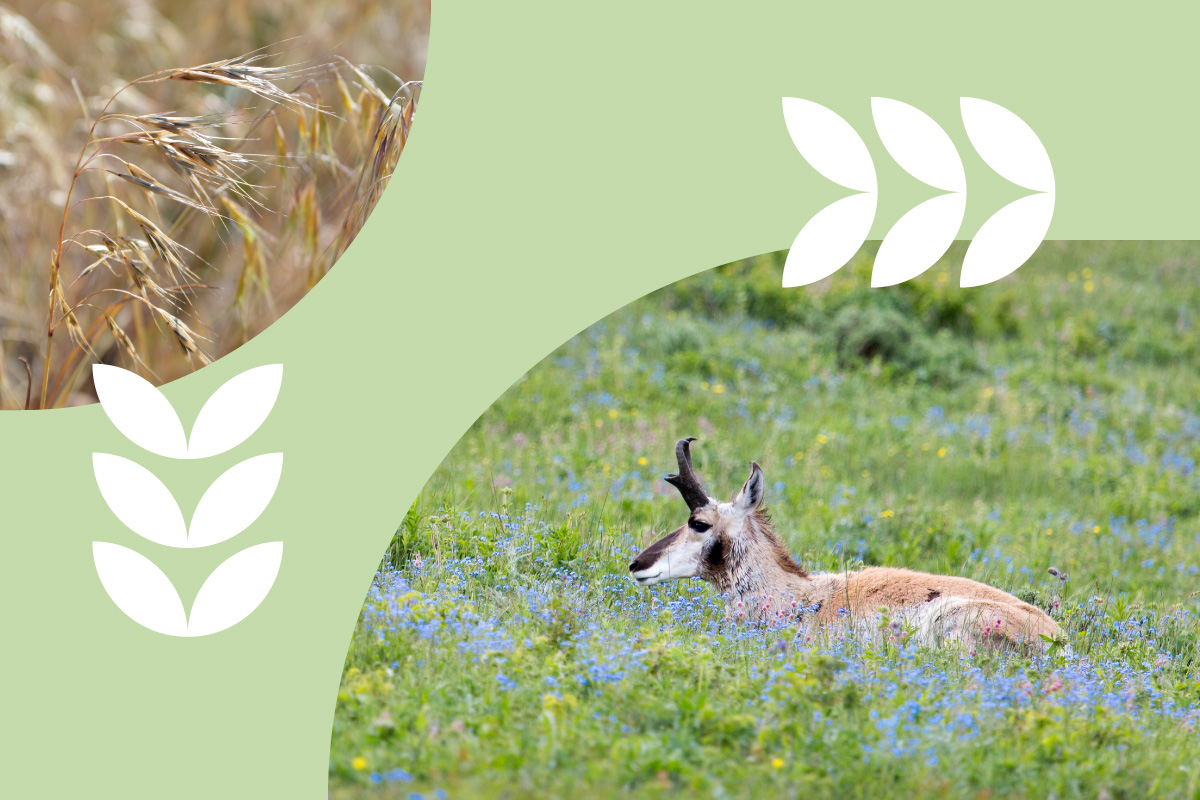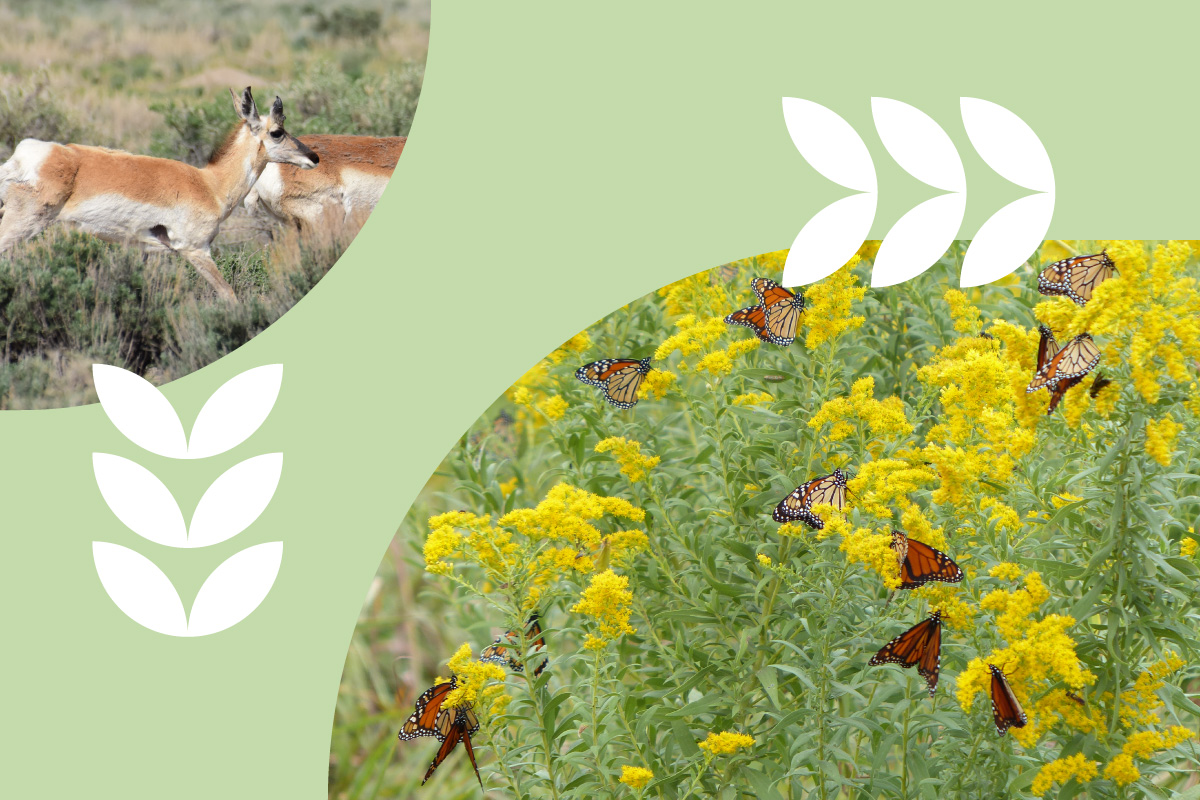
This special issue of PERC Reports features several pilot projects from PERC’s Conservation Innovation Lab. Read the full issue.
The Old Saloon in Emigrant, Montana, is about as Montana as Montana gets. Picture swinging saloon doors, bighorn sheep mounts on the wall, slot machines, a well-used pool table that’s sometimes moved aside to create space for western swing dancing, and an old back bar hauled from St. Louis by river steamer more than 100 years ago.
Established in 1902, this historic watering hole has served as the gathering place for locals in Paradise Valley north of Yellowstone National Park. The business of the valley is conducted here. An eclectic group of ranchers, fishing guides, hunters, government land managers, and outlaws commingle comfortably. Our local watershed group even meets at the bar for a “warm up” beer before walking over to the church for our monthly meeting.
The Old Saloon is also the birthplace of PERC’s new Conservation Innovation Lab. It was here in 2019 that I first met Druska Kinkie, a ranching matriarch in these parts, to learn more about the impact of elk migrations on the valley’s private working lands. For three hours over coffee, a sense of despair permeated our conversation. For ranchers playing the reluctant host for the elk’s winter range, the costs—be it lost forage, damaged fences, or the threat of disease transmission to their cattle—were overwhelming. Nobody was coming to the rescue. No solutions were resonating with the ranching community. Could we do something to help?
This was a place to start. A place worth conserving. A place where generations of ranchers have provided open space for wildlife. A place in need of new, innovative conservation models that come from the bottom up, rather than top down. A place where our four-decade-old conservation research organization, focused on market solutions, property rights, and private land stewardship, could move from abstract theory to on-the-ground proof of concept. And so began the Conservation Innovation Lab.
Of course, it did not start as a lab. Rather, it began as a collection of groundbreaking, market-based conservation projects inspired and led by ranchers, landowners, and other partners—projects you will read about in the pages that follow. Among these were Montana’s first elk occupancy agreement, a first-of-its-kind brucellosis disease compensation fund, a grazing lease purchase to empower a ranching family to experiment with running cattle alongside grizzly bears, and a state-of-the-art virtual fencing pilot. Project by project, it became clear there was a role for PERC as an agent of discovery, an organization that can test new ideas in the field through trial and error.

The Conservation Innovation Lab does this in three ways. First, it relies on PERC’s long history of research, creativity, and idea generation. Our researchers use this expertise and frontier spirit to work with landowners and public land managers to customize conservation. PERC’s interest is in the new and original. At a time when we need to expand the number of tools in the conservation toolbox, the lab serves as a launchpad for conservation innovation.
Second, we are creating a conservation market by channeling direct investment into these innovations and finding the buyers and sellers of conservation. Through the Conservation Innovation Lab, conservation-minded people and organizations can seed real, on-the-ground projects to purchase conservation as opposed to purchasing process, which is often where private conservation dollars go.
Third, PERC believes in the power of partnerships and in conservation that unites, not divides. To foster pluralism and civil exchange in the field of conservation, projects are designed to bring together groups that might not otherwise work together. The lab puts a premium on forging partnerships with other reputable conservation groups who have not typically worked with PERC, such as the Rocky Mountain Elk Foundation, the National Wildlife Federation, and the Greater Yellowstone Coalition.
It is also helpful to look at the Conservation Innovation Lab through the lens of history. In America, we have seen two great conservation movements over our nearly 275-year history. The first era was in the early 1900s, and it was about preserving what we were destroying at an alarming rate—the unrepented destruction of forests, landscapes, and wildlife. With Theodore Roosevelt at the helm, the nation set aside land—230 million acres of habitat—and protected wildlife. In the years that followed, it created new agencies like the Forest Service and National Park Service. The second era was in the 1960s and 1970s. With leaders as disparate as Rachel Carson and Richard Nixon, it was about fighting pollution and introducing new regulations—the Clean Air Act, the Clean Water Act, and the Endangered Species Act.
Project by project, it became clear there was a role for PERC as an agent of dicovery, an organization that can test new ideas in the field through trial and error.
Both movements led to the creation of conservation tools. But today, we are finding that yesterday’s tools are incapable of solving many modern conservation challenges. It is time to inspire the next great era of American conservation—and develop a new set of tools.
If the previous movements were about preservation and pollution, the next great era needs to be about incentives, innovation, and bottom-up solutions. We will need more nuanced tools than regulation and legislation for the next frontier of conservation—private land stewardship. That includes 1.5 billion acres—the equivalent of 15 Californias—of privately owned ranches, farms, and forests. And we will have to try new concepts to better manage our public lands. The Conservation Innovation Lab exists to catalyze this next era of conservation. PERC’s unique, incentive-based approach is a perfect fit for the times.
Four years after our first meeting, Druska and I were back at the rough and tumble surroundings of the Old Saloon. The occasion was more optimistic and hopeful. She had a smile on her face. Instead of coffee, we were enjoying cocktails to celebrate the launch of a partnership between PERC, her ranch, and a local technology company. The new “payment for presence” program we are piloting uses artificial intelligence and game camera technology to compensate her for the impact of elk migrations on her land. “Elk rent”—another first-of-its-kind for conservation. And the beginnings of a new era.




